Microsoft Band Review
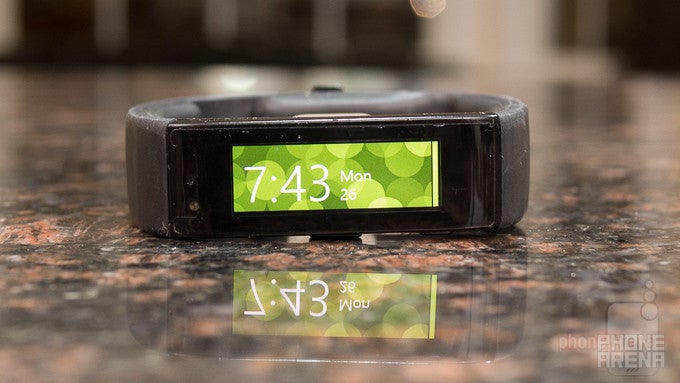
Introduction
Known as a company that prides itself in developing software that we all use in our daily lives, Windows and Office in particular, most people forget that Microsoft has also delved into making consumer products as well. Ah, we all remember Zune, right? And then more recently, we’ve been exposed to the company’s line of Surface tablets, which surprisingly enough, has pushed into its 3rd generation. Jumping on the whole fitness craze as well, the Microsoft Band blends all of the features we’d want to find in a fitness tracker, but it’s also packing along some smartwatch functionality as well. At the end of the day, though, it’ll be interesting how this latest consumer-end product fairs in staying head-above-water in the lucrative fitness market.
Packaging contains:
- Proprietary USB charger
- Quick start guide
Design
It’s a conventional design with an odd fit, which never makes it sit comfortably on our wrist.
Going for the conservative look, the Microsoft Band looks very much like any ordinary fitness band – though, we’d say that there’s considerably more heft attached to it. Available in three different sizes, where black is the only color option that’s available, the overall design language is pretty conventional and a little boring. The band, for the most part, features a thermal elastomer material that exudes a soft touch finish, but there are glossy areas that help to break up its design.
In terms of its fit, we’re not particularly fans of how it feels on our wrist. Whether we wear it the normal way or inverted, it lacks the ergonomic feel that we get from other bands. Wearing it the traditional way, the flat nature of the display doesn’t conform to the slight curvature of our wrist. However, we find it better to wear it the inverted way, where the display is positioned on the inside of our wrist – albeit, it loses its appeal because the display isn’t really being showcased. Luckily, the clasp is something we like, since it’s adjustable and can easily be attached/removed.
On the underside of the Microsoft Band is the proprietary charging port. It’s not something uncommon to tell you the truth, since many fitness trackers utilize proprietary connections, but we appreciate that the connection here with the Microsoft Band is magnetic. Meanwhile, the clasp of the band accommodates the heart rate sensor, which glows in an iridescent neon green color when it’s activated.
Naturally, the hefty size of the Microsoft Band is attributed to all of the hardware components it’s packing along, which is more than what you’d find in other fitness trackers. To be more exact, it features a 3-axis accelerometer/gyro, gyrometer, optical heart rate sensor, GPS, skin temperature sensor, UV sensor, capacitive sensor, Galvanic skin response sensor, haptic vibration motor, Bluetooth 4.0 radio, dual 100 mAh Lithium-ion batteries, and a microphone. Indeed, it’s commendable for the amount of things Microsoft has stuffed into its package, but like we said, it’s beefy in terms of its size – though, it definitely gives it substance.
Even with its solid construction, the Microsoft Band doesn’t share the same high-degree of water-resistant as other comparable models. Unlike some models we’ve checked out, like the stuff from Fitbit, the Microsoft Band isn’t waterproof. Meaning, it’s not something that’s meant to use while swimming or taking a shower – though, it’s safeguarded from things like light rain and washing your hands.
Display
Best of all, we can view relevant data directly on the unit’s display – as opposed to relying on an app.
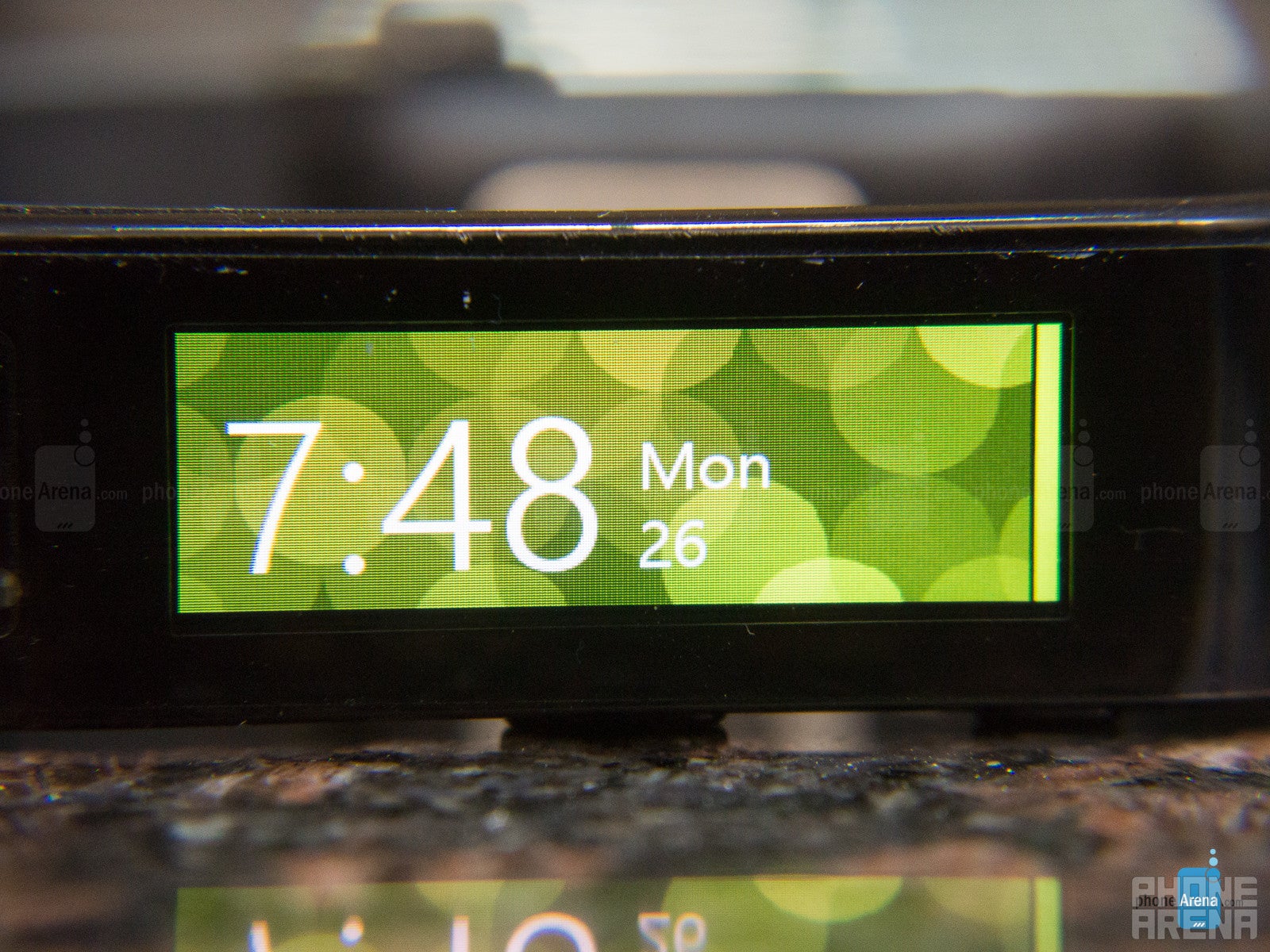
Despite that, the screen itself is pretty detailed, bright, and quite useful in what it can display. The brightness is more than potent to make it visible on bright, sunny days – while its touch accuracy is pretty spot-on as well. However, we’re not thrilled about how the display is easily scratched. Therefore, you’ll probably want to invest in picking up a screen protector if you want to keep it looking pristine.
Two buttons line the bottom edge of the display, where the larger one is used to power it on/off, with the other smaller one allowing us to cycle through what various fitness information. Likewise, the smaller button can be held down for a longer period of time to access Cortana, which is only available when it’s paired with a Windows Phone. When it’s powered on, the first thing we’re greeted to is the homescreen, which displays the time and relevant fitness data. Swiping to the left opens up additional tiles that allow us to view various notifications, the call list, launch Cortana, view calendar appointments, selecting workout routines, and much more.
In all fairness, the display, much like the design of the unit itself, is pretty ordinary and conventional. We’ve seen some spectacular looking displays in other wearables, like the Samsung Gear Fit and LG G Watch R, so we’re not particularly wowed by this one as much. Regardless of that, the fact that is employs a screen makes it somewhat more useful than other fitness only trackers because we can view various informational data tracked by it – whereas with other fitness trackers without displays, we have to rely on a smartphone to view them.
Microsoft Health app
Right from the onset, the Microsoft Health app is rich with all sorts of fitness tools and information to cater to advanced users.
One specific quality about the Microsoft Band that we really appreciate is its compatibility with the majority of mobile platforms, which not only includes Windows Phone, but also Android and iOS as well. For being a new player in the fitness space, we have to give Microsoft credit because of how comprehensive and in-depth its Microsoft Health app really is from the get-go. Essentially, it’s a powerful, all-encompassing service that goes above and beyond in giving us the tools we need to proactively gauge our level of activity.
In our review, we’ve mainly used the Windows Phone app, but the Android and iOS versions are pretty much identical – save for the Cortana integration of Windows Phone, of course. Going with the typical Modern UI design style of the platform, the Microsoft Health app is categorizes the main screen into tiles that consist of steps taken, calories burned, distance covered, sleep, and other relevant workouts. For the most part, the organization of the app makes sense – without being too complicated in how it presents data to us in a meaningful manner.
Microsoft is really all about gathering as much fitness data from the Microsoft Band, where it’s all dissected and presented through numerical data and graphs in the app. An example of this is found in a workout summary, where the data gathered by the Microsoft Band is meticulously broken down to things like our average heart rate throughout the workout, calories burned in that time frame, and total duration time.

There’s even a section where we can browse through various workouts that can be programmed into the Microsoft Band. From cardio workouts to strength training, there’s a rich variety to give novice, intermediate, and advanced fitness folks some needed variety in their training. An area of opportunity, however, is the potential addition of a calorie tracking section – where users can input what they consume, to better have an accurate net calorie figure. And lastly, it would also be nice to include some sort of social-competitive aspect to the entire experience.
Connectivity
Pairing is established through its Bluetooth 4.0 LE connection. Generally speaking, the connection is needed only when we’re syncing data or accessing Cortana. In our experience, it’s able to maintain a connection for roughly 20 feet, which is more than ample we’d say.
Performance
Calorie burn is calculated more accurately because of the always-on status of its heart rate sensor during workouts.
First and foremost, we’re happy to report that the Microsoft Band doesn’t fall victim to phantom steps. You know, it’s when a fitness tracker is tricked into believing that a step is taken when we wave our hand in the air – so it’s great that it doesn’t do that. At the same time, too, we’re glad to report that the Microsoft Band is pretty accurate in measuring our steps. However, it’s meant to be worn strictly on your dominant hand.
Other aspects of the Microsoft Band that makes it an outstanding fitness tracker is its built-in GPS for tracking our movement during a running excursion, how its heart rate sensor is constantly on during workouts, and it various “light” smartwatch features. Starting with the first, it’s nice that we’re able to view an area of a map where we traveled during a run – a common feature we see in many other running apps. Secondly, the heart rate sensor never times out during a workout routine, which means that it delivers an accurate calorie burn based on our level of engagement. This is utterly valuable, honestly, seeing that other fitness trackers only provide an estimated figure that’s based on our height, weight, and steps activity. And lastly, we do appreciate how Cortana can be accessed to accomplish a handful of operations – while text messages and email previews can all be read directly from the unit’s display.
Oh yeah, it can also track our sleep as well! Again, the data it acquires is impressive, seeing that we get informative things we don’t get from other fitness trackers – like our efficiency, differentiation between light and restful sleep, and also the amount of calories we burn as we sleep. Unfortunately, though, the initiation is a manual one, which requires us to manually set the Band into sleep mode. Nowadays, we’re seeing more and more fitness trackers doing this automatically.
Battery
Factoring that it’s packing a touchscreen display and a hear rate sensor that’s on a good amount of time, the Microsoft Band clearly suffers from poor battery life – albeit, it depends mostly on how you look at it. During our time using it, the Microsoft Band’s dual 100 mAh battery generally gets us two days of juice before it’s tapped out. Naturally, that’s a disappointing mark for any dedicated fitness tracker, as newer ones can last up to 7 days, but it’s still better than the one-day tally we see from the majority of smartwatches we currently have in the market.
Conclusion
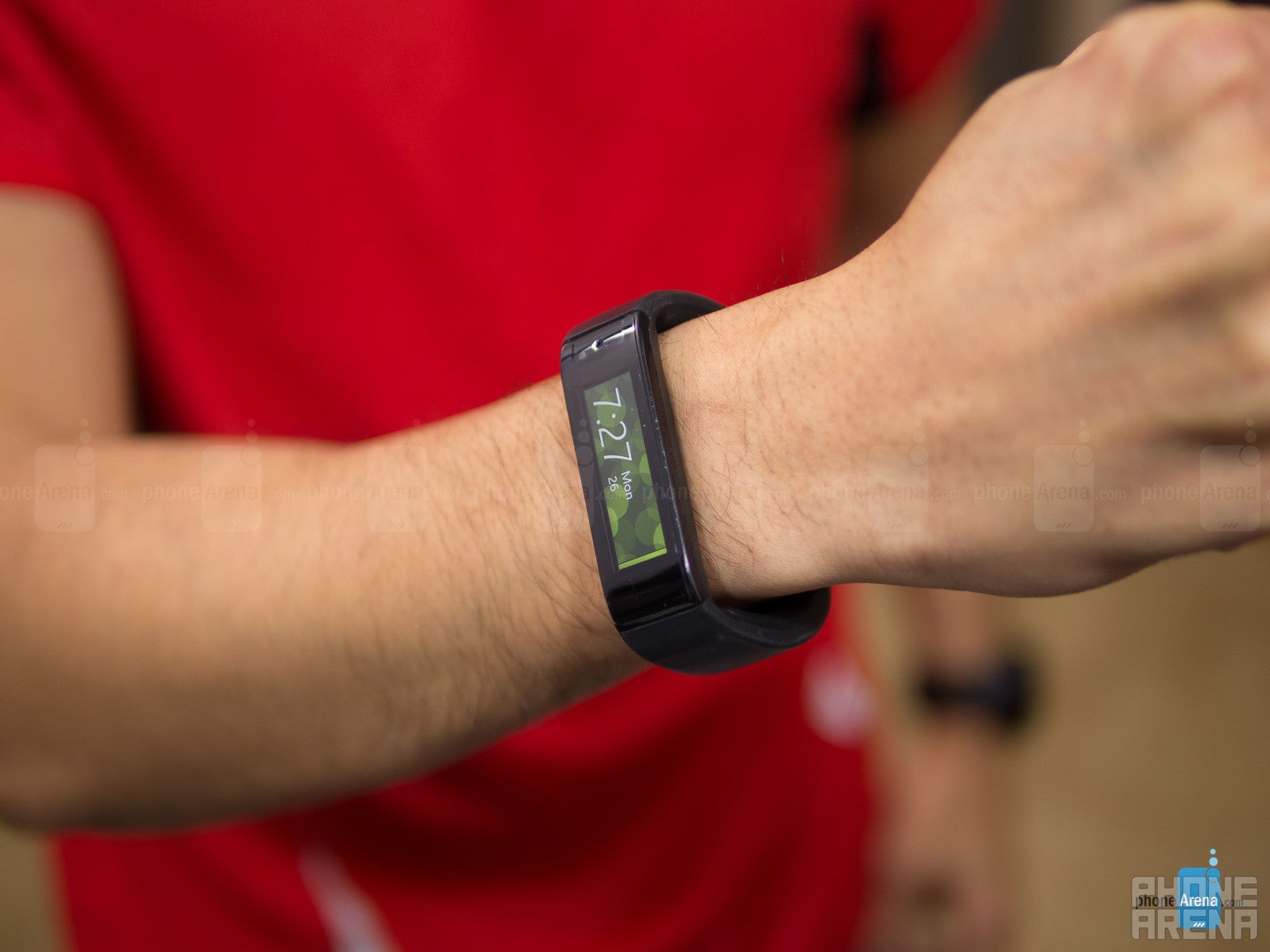
With its sticker price of $199.99, it’s undoubtedly expensive for just a fitness tracker – easily encroaching smartwatch territory. It’s certainly a costly investment for something that’s first and foremost a fitness tracker, but it has a considerable advantage over the majority. In fact, it’s evident by its touchscreen display, constant-on heart rate sensor, and all the other sensors included in its package. Still, there are several areas that are concerning, like its uncomfortable feel and poor battery life that make it tough to classify it as the perfect fitness tracking band.
Ultimately, though, the Microsoft Band is an insanely intelligent tracker filled with some serious tech inside of it, but it’s simply not built for the rigorous and arduous activities that diehard fitness junkies need to keep pace with them.
Follow us on Google News

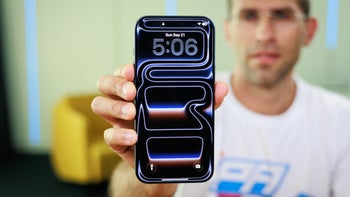
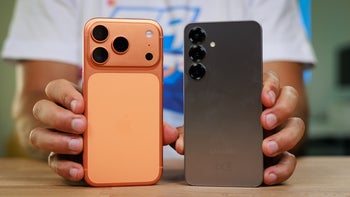
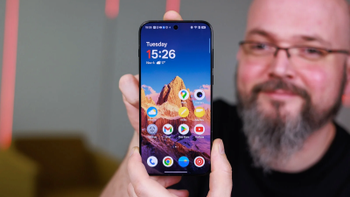
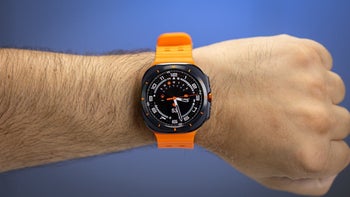
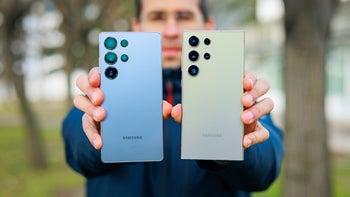

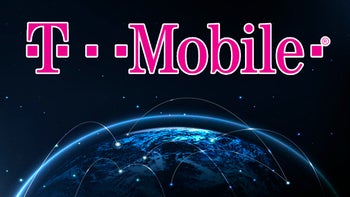
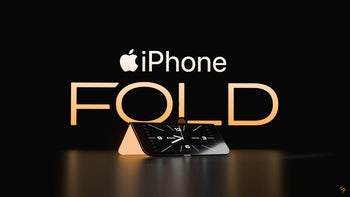
![A new Android bug is making it impossible to install new apps. Are you affected? [UPDATE]](https://m-cdn.phonearena.com/images/article/176703-wide-two_350/A-new-Android-bug-is-making-it-impossible-to-install-new-apps.-Are-you-affected-UPDATE.webp)
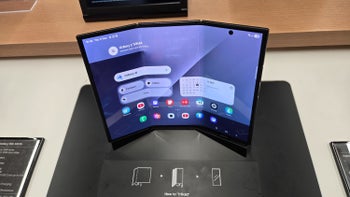
Things that are NOT allowed:
To help keep our community safe and free from spam, we apply temporary limits to newly created accounts: